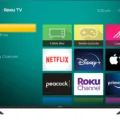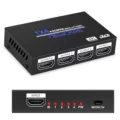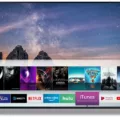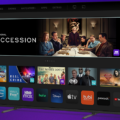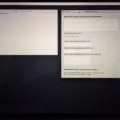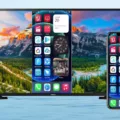Are you seeing the error “This display does not support HDCP” when trying to watch content with your HDMI cable? If so, you’re likely dealing with an HDCP error. HDCP stands for High-bandwidth Digital Content Protection and is used to protect digital audio and video content from being copied or accessed without permission.
Unfortunately, this issue can be a bit tricky to troubleshoot as it could be caused by a variety of different factors. In this blog post, we’ll discuss what an HDCP error is and how you can fix it.
What Causes an HDCP Error?
An HDCP error is caused when the device connected to the TV (such as a Blu-ray player, gaming console or streaming device) isn’t compatible with the version of HDCP used by the TV. This incompatibility will case the connection between the TV and device to fail, resulting in an error message on your screen.
In some cases, it could also be caused by an incompatible operating system on your computer or a faulty HDMI cable.
How to Fix an HDCP Error
Here are some steps you can take to try and fix this issue:
1) Reset the HDMI – Turn the power off and disconnect all connected devices for at leat 60 seconds. Then reconnect them and turn them back on again.
2) Try an alternative HDMI cable – If you’re usng an extended cable, try using a 1.5m HDMI cable instead.
3) Connect the device directly to the TV – Sometimes connecting directly resolves any issues with longer cables or adapters that may have been causing problems.
4) Check other devices – If possible, try connecting another device (like a laptop or Blu-ray player) directly to your TV and see if you get the same error message. This will help narrow down whether there’s something wrong with your specific device or if it’s just something wrong with your TV setup in general.
5) Is the TV on its latest software? – Make sure that your television is running its latest software version as this could potentially resolve any compatibility issues between devices connected via HDMI cables.
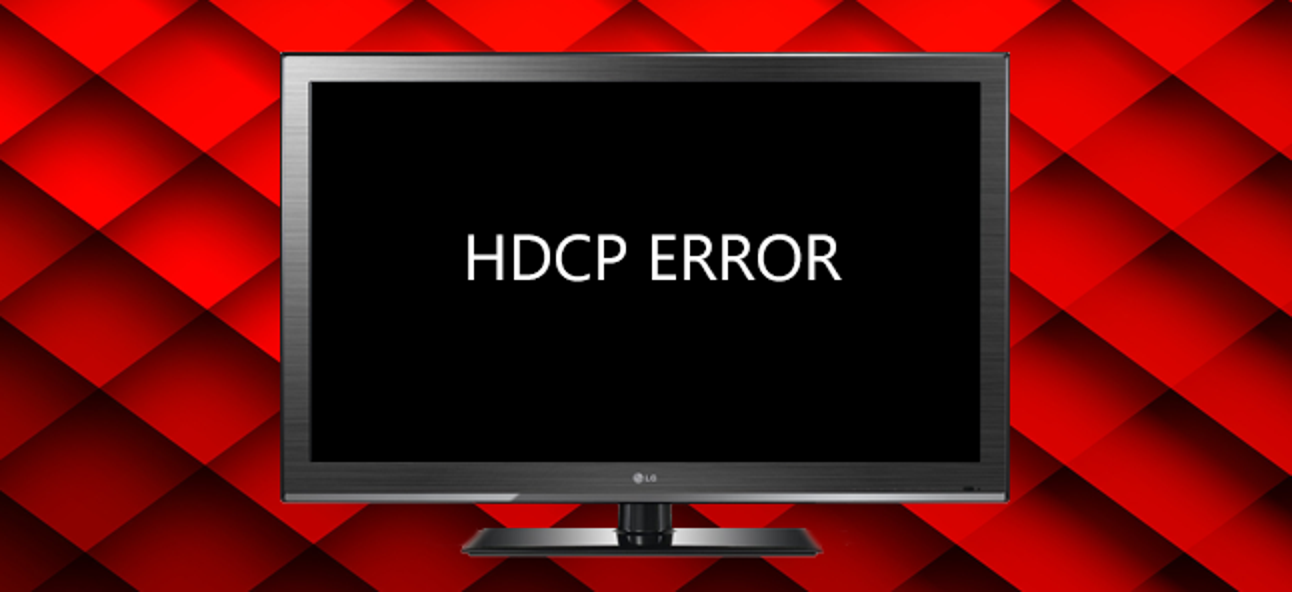
Sudden HDCP Error: Causes and Solutions
You may be getting an HDCP error because the device you are trying to use is not compatible with HDCP, or because the HDMI cable you are using is not capable of transmitting HDCP-protected content. HDCP is a form of digital rights management (DRM) that is designed to prevent unauthorized duplication of digital content. It requires specific hardware and software components to be in place in order for it to work properly. If any one of these components is missing or malfunctioning, you may get an HDCP error. It’s important to check that all the devices and cables involved in your setup are compatible with HDCP bfore attempting to watch HDCP-protected content.
Understanding Why Your TV Does Not Support HDCP
The HDCP (High-bandwidth Digital Content Protection) protocol is a digital rights management system that is used to protect content being transmitted over DisplayPort, DVI, HDMI and other connections. If your TV isn’t compatible with HDCP, it will display a message sying “This display does not support HDCP.” This could be caused by an incompatible operating system on your computer or if the device connected to your TV doesn’t support HDCP. To fix this issue, try installing the latest Windows Update program which should help solve compatibility issues. If that doesn’t work, you may need to replace the device or switch to a different connection type that supports HDCP.
Fixing a Display That Does Not Support HDCP
First, you should try resetting the HDMI connection. Turn the power off and disconnect all connected devices for at leat 60 seconds. Then, try using an alternative HDMI cable – if you are using an extended cable, try using a 1.5m HDMI cable instead. If this doesn’t work, try connecting your Sky box directly to the TV and check other devices in case they are causing interference. Finally, make sure your TV is running on the latest software version by checking with your manufacturer’s website.
Making a Device HDCP Compliant
To make your device HDCP compliant, you need to ensure that it is connected to an HDMI cable and connected directly to your TV. Additionally, you should try reversing the ends of the HDMI cable, trying a new HDMI cable, and trying another HDMI port on your TV (or, if available, an HDMI port on another TV). If you have done these steps and still have issues with HDCP compliance, then it is likely that your device is not HDCP compatible.
Determining If an HDMI Cable Supports HDCP
HDCP (High-bandwidth Digital Content Protection) is a technology used to protect digital content. It is important to know if your HDMI cable supports HDCP because some devices, such as Blu-ray players, require HDCP in order to output the highest quality video and audio.
To check if your HDMI cable supports HDCP you can do a quick search of the brand of the cable or look for tags/stickers on your cable that say ‘HDCP compliant.’ You can also check the packaging that your cable was packaged in. You can also visit hdmi.org and search for your cable to see if it is officially HDCP compliant. If you are still unsure, it may be best to contact the manufacturer of your HDMI cable for more information.
Differences Between HDMI and HDCP
HDMI and HDCP are two different technologies used to connect audio/video devices. HDMI stands for High Definition Multimedia Interface and is the industry-standard cable used to connect displays like TVs, projectors, and computer monitors to audio/video sources like a Blu-ray player, cable box, or game console. HDCP stands for High-bandwidth Digital Content Protection and is an encryption technology that prevents unauthorized copying of content as it is transferred from one device to another. While HDMI cables are used to transfer both video and audio signals, HDCP is only required for 4K video signals in order to ensure that the content being viewed is not illegally distributed.
How to Enable HDCP on a TV
HDCP (High-bandwidth Digital Content Protection) is an anti-piracy protocol developed by Intel that helps to protect audio and video content as it travels from a device to your TV. To get HDCP on your TV, you’ll need to make sure that both your TV and device are HDCP compatible. If they are, then you’ll need to connect them via an HDMI cable. Once the devices are connected, you’ll need to turn off your TV, unplug the HDMI cable from both the TV and device, plug the cable back in again, and then turn your TV back on. This shuld enable HDCP on your TV.
Does Roku Require HDCP?
Yes, Roku requires HDCP 2.2 in order to stream 4K Ultra HD (4K) or High Dynamic Range (HDR) content. All devices connected via HDMI® to your compatible Roku® streaming player must support HDCP 2.2 in order for the content to be streamed successfully. This includes your TV, an audio/video receiver (AVR), and any other devices connected in between.
Conclusion
In conclusion, HDCP errors can be caused by incompatible operating systems, extended cables, or outdated software. To avoid these errors, try using a 1.5m HDMI cable and make sure the TV is on the latest software. If the issue persists, it’s best to try connecting your Sky box directly to the TV. If all else fails, resetting the HDMI should help resolve any furthr issues.


